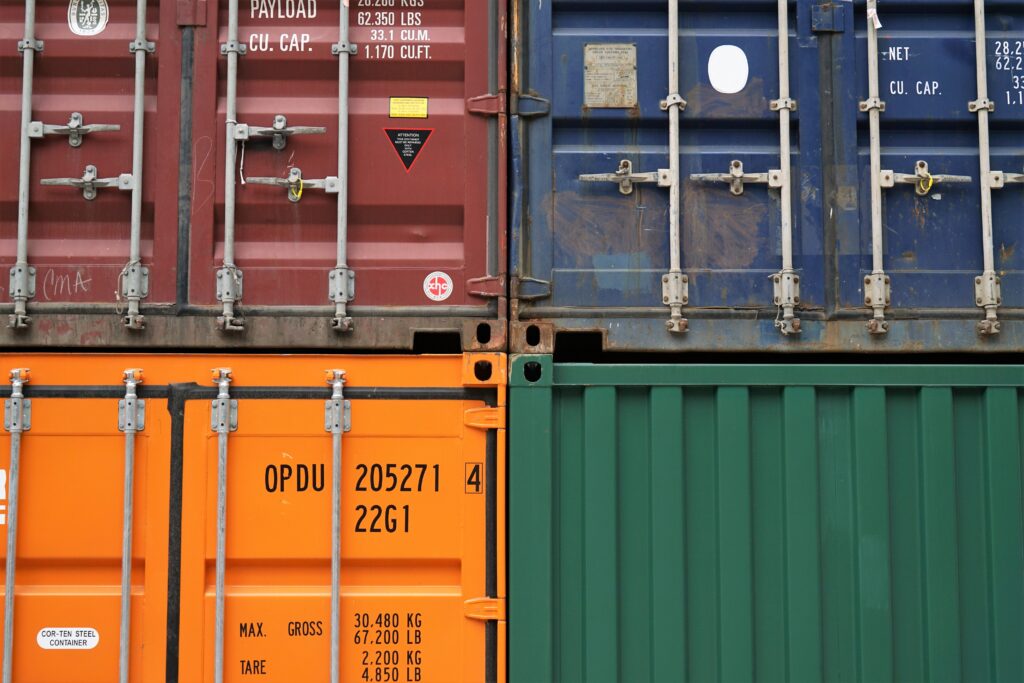
Commodities are often affected by geopolitical events, as they are a global asset class that is subject to supply and demand factors. Geopolitical events such as political instability, wars, and natural disasters can have a significant impact on commodity prices, particularly those that are produced or traded in countries affected by these events.
Supply Side
On the supply side, political instability and wars can disrupt production and distribution channels, leading to supply shortages and price spikes. For example, civil unrest in Venezuela has significantly impacted the country’s oil production, a major commodity export, causing oil prices to rise and affecting global supply.
Demand Side
On the demand side, geopolitical events can influence the global economy and the overall demand for commodities. For example, trade disputes between countries can affect the demand for commodities traded between them, such as soybeans or crude oil.
Investors
As an investor in commodities, it is important to be aware of geopolitical events and how they may affect the commodities in your portfolio. Understanding supply and demand dynamics, as well as the geopolitical risks associated with the commodities you invest in, can help you make informed investment decisions and better manage your portfolio.
Examples of other commodities that are commonly traded include:
1. Precious Metals – such as gold, silver, platinum, and palladium, which are often used as a store of value and a hedge against inflation.
2. Industrial Metals – such as copper, aluminum, and nickel, which are used in a range of industries, including construction, manufacturing, and transportation.
3. Agricultural Products – such as corn, wheat, and soybeans, which are used for food, animal feed, and energy production.
4. Livestock – such as cattle and hogs, which are used for meat production.
5. Energy – in addition to oil, investors can also consider natural gas, coal, and uranium.
6. Soft Commodities – such as coffee, cocoa, and cotton, which are used for food and clothing production.
Understanding the fundamentals
When investing in commodities, it is important to understand the fundamental drivers of supply and demand for each commodity, as well as the geopolitical risks and other factors that can impact commodity prices. Diversification across different commodities can help reduce portfolio risk and increase the potential for long-term returns.
Brent oil is a type of crude oil that is used as a benchmark for oil prices. It is extracted from the North Sea and is traded on the ICE Futures Europe exchange. The current price of Brent oil is $74.43 per barrel, down by 0.48% from the previous close1. The price of Brent oil has fluctuated between $70.12 and $125.19 per barrel in the past year2.
Brent oil is a type of crude oil that is used as a benchmark for oil prices. It is extracted from the North Sea and is traded on the ICE Futures Europe exchange. The current price of Brent oil is *$74.43* per barrel, down by *0.48%* from the previous close. The price of Brent oil has fluctuated between *$70.12* and *$125.19* per barrel in the past year.
Conclusion
There are various factors that can influence oil prices, such as global economic conditions, geopolitical tensions, natural disasters, and supply and demand dynamics. However, market analysts and experts provide their projections and forecasts based on their analysis of available data from the market trends. It is also a good idea to keep track of the global energy policies and industry news that can impact the Brent oil prices. Please keep in mind that these predictions are not guaranteed and are subject to change.
